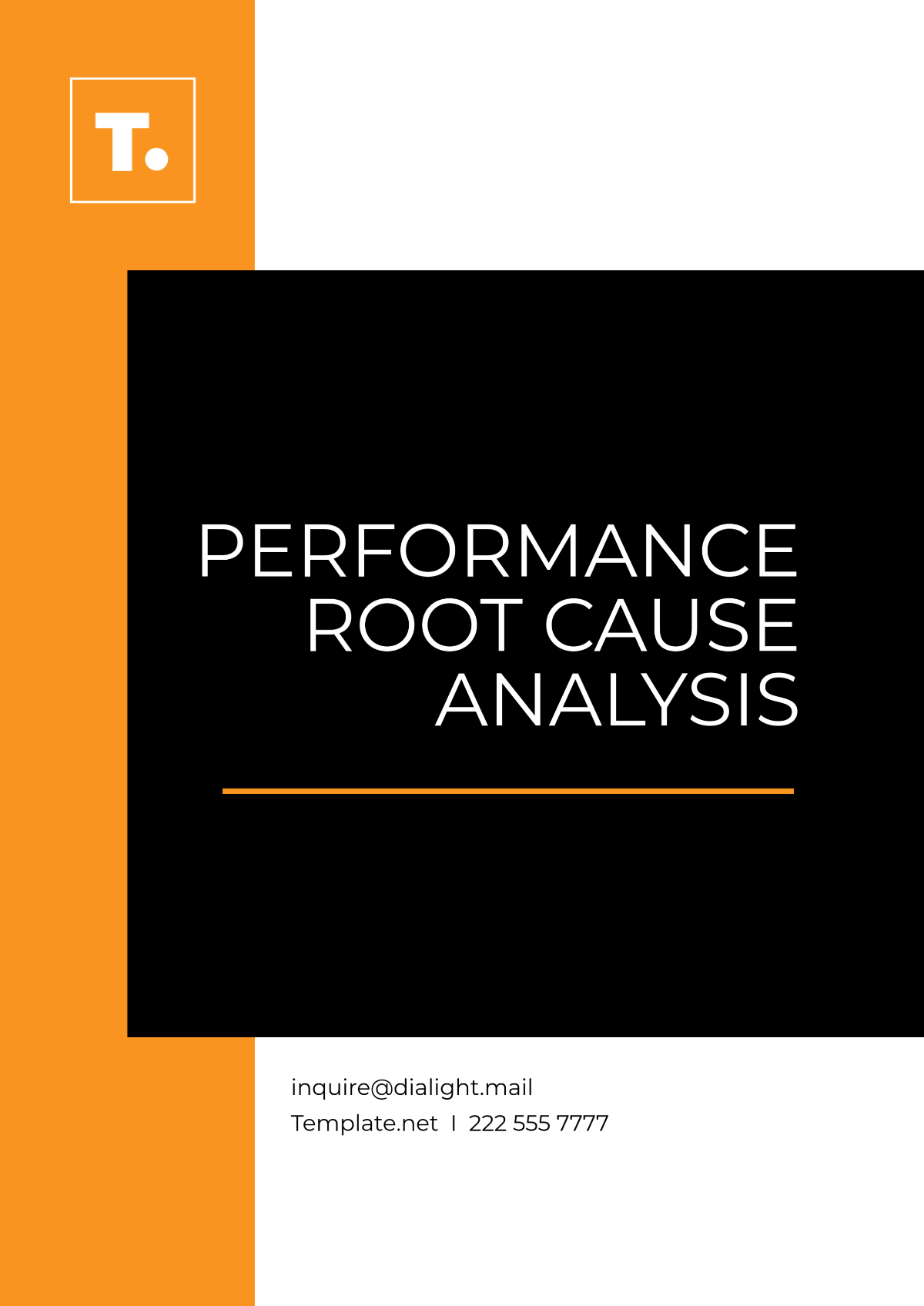ACCOUNTS LEDGER RECONCILIATION ANALYSIS
The essence of Accounts Ledger Reconciliation lies in its ability to ensure the accuracy of financial data. Through this, organizations sport a healthy financial climate by aligning their Accounts Payable and Receivable with their bank or creditor statements. The procedure primarily involves matching internal data with respective external data to avoid discrepancies, fraud, or financial misreporting.
This analysis primarily aims to evaluate the effectiveness and efficiency of the organization's ledger reconciliation process. It also intends to identify any areas of vulnerability or inconsistency within the process, and suggest improvements to ensure accurate and timely reconciliation of accounts.
Analysis Methodology
Consider an examination of both Accounts Payable and Receivable ledgers. For each account, reconciliation involves three steps: reviewing the ledger for accuracy, matching the ledger with bank or creditor statements, and documenting the reconciliation process for accountability. This methodical approach ensures a comprehensive analysis of ledger reconciliation.
The Importance of Ledger Reconciliation
Accounts Ledger Reconciliation is an integral part of any successful financial management strategy. By ensuring accurate data reporting, it bolsters the organization's financial health, fostering investor trust and facilitating informed decision-making. This process not only fortifies the foundation of trust with stakeholders but also serves as a critical tool in enabling strategic, data-driven decisions.
The Impact of Unreconciled Ledgers
Unreconciled ledgers are not just minor oversights; they represent a substantial risk. They can obfuscate the true financial picture, potentially concealing fraudulent activities. This lack of clarity and transparency can erode the confidence of investors, business partners, and regulatory agencies, thereby jeopardizing the organization's reputation and compliance standing.
Actionable Recommendations
Rigorous Record-Keeping: Establish a framework for meticulous documentation to streamline the reconciliation process.
Technological Integration: Leverage advanced accounting software to automate and refine the reconciliation process, thereby reducing the likelihood of human error.
Continuous Auditing: Implement regular auditing practices to validate the accuracy and effectiveness of the reconciliation mechanisms in place.
The strategic implementation of Accounts Ledger Reconciliation is not merely a procedural necessity but a critical component of a resilient financial management system. Its role in protecting an organization from financial discrepancies and reputational harm is invaluable. Furthermore, it lays the groundwork for sustainable growth and expansion.
[Your Company Name] is dedicated to embracing technological innovation and procedural refinement in account reconciliation and broader financial management practices.
Prepared By: [Your Name]
Date: [Month Day, Year]

















































